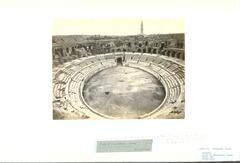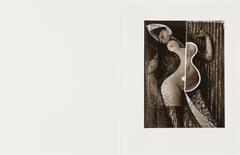94 UMMA Objects
94 UMMA Objects

Ōhara Tonshū (Donshū)
Mountain Hut among Pines
1831 – 1844
Museum purchase made possible by a gift from Helmut Stern
1985/2.27
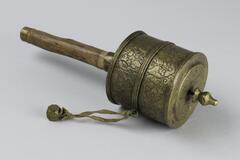
Tibetan (Tibetan (culture or style))
Prayer Wheel (Mani Wheel)
1833 – 1932
Gift of the Estate of Maxine W. Kunstadter in memory of Sigmund Kunstadter, Class of 1922
1983/1.423
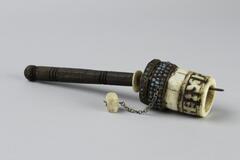
Tibetan (Tibetan (culture or style))
Prayer Wheel (Mani Wheel)
1833 – 1932
Gift of the Estate of Maxine W. Kunstadter in memory of Sigmund Kunstadter, Class of 1922
1983/1.424

Yokoi Kinkoku (Japanese (culture or style))
Portrait of the Poet 'Basho'
1767 – 1832
Museum purchase made possible by the Margaret Watson Parker Art Collection Fund
1968/2.22
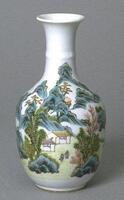
Chinese (Chinese (culture or style))
Vase with Landscape Design
1800 – 1966
Gift of Mr. and Mrs. Kenneth Rowe for the James Marshall Plumer Memorial Collection
1970/2.108
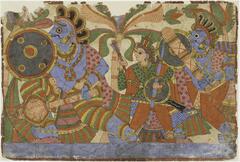
Artist Unknown, India, Maharashtra, Paithan School
Warriors going into battle from a Mahabharata series
1800 – 1866
Gift of Dr. and Mrs. Leo S. Figiel and Dr. and Mrs. Steven J. Figiel.
1975/2.150
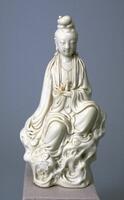
Chinese (Chinese (culture or style))
The Bodhisattva Guanyin
19th century
Gift of Willard A. and Marybelle Bouchard Hanna
1991/2.23

Utagawa Hiroshige II (Japanese (culture or style))
Edo Meisho: Gotenyama, Cherry-blossom Viewing
1833 – 1866
Bequest of Margaret Watson Parker
1948/1.147

Chinese (Chinese (culture or style))
Yao Ritual Scroll
1800 – 1966
Gift of Mr. and Mrs. Karl Bass of Kabaco Tools, Inc.
1983/2.124

Chinese (Chinese (culture or style))
Yao Ritual Scroll
1800 – 1966
Gift of Mr. and Mrs. Karl Bass of Kabaco Tools, Inc.
1983/2.125
Loading…
